Science Source
Inequitable patterns of US flood risk in the Anthropocene
Study key findings & significance
- The study estimates that the annual cost of flooding in the United States will increase 26.4 percent — from $32.1 billion in 2020 to $40.6 billion by 2050. The study estimates the scale of flood risk in the U.S., and who bears the burden of flooding
- Current economic losses are borne disproportionately by poorer communities in Appalachia and the Northeast with a proportionally larger White population.
- In the coming decades, the areas with highest flood risk will shift south.
Related Content
Headline
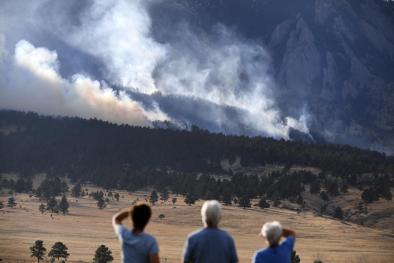
Apr 3, 2022 | AP
Fire and rain: West to get more one-two extreme climate hits
Headline
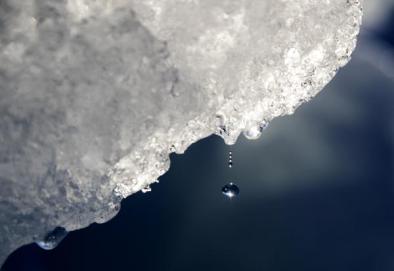
Mar 21, 2022 | Climate Nexus Hot News
Heatwaves At Poles; Drought, Floods, Hurricanes Everywhere In Between
Science Source
| Scientific Reports
Turbidity and fecal indicator bacteria in recreational marine waters increase following the 2018 Woolsey Fire
Marisol Cira, Anisha Bafna, Christine M. Lee et al
Headline
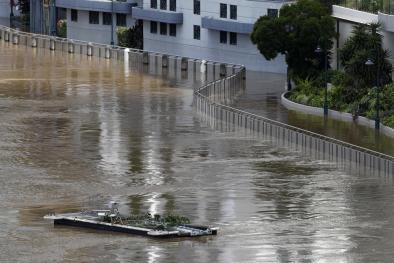
Mar 3, 2022 | Climate Nexus Hot News
Massive Floods Submerge Eastern Australia
Science Source
Timing and magnitude of climate-driven range shifts in transboundary fish stocks challenge their management
Study key findings & significance
- Nearly half of the Earth's shared fish stocks are on the move due to climate change.
- By 2030, 23 percent of these 'transboundary' fish stocks will have changed their historical habitat range due to climate change.
- The study tracked the shifting ranges of 9,132 transboundary fish stocks, which account for 80 percent of catch taken from the world's exclusive economic zones (EEZs), starting in 2006 and projecting to the year 2100.
- Climate change will force 45 percent of the fish stocks that cross through two or more exc
Related Content
Science Source
| Global Change Biology
Decadal-scale phenology and seasonal climate drivers of migratory baleen whales in a rapidly warming marine ecosystem
Daniel E. Pendleton, Morgan W. Tingley, Laura C. Ganley et al
Headline
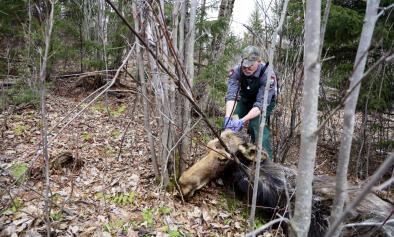
May 19, 2022 | Climate Nexus Hot News
Climate Change Great For Winter Ticks, Very Bad For Moose Calves
Science Source
Climate change increases cross-species viral transmission risk
Colin J. Carlson, Gregory F. Albery, Cory Merow et al
Science Source
| Journal of Animal Ecology
Climate change affects bird nesting phenology: Comparing contemporary field and historical museum nesting records
John M. Bates, Mason Fidino, Laurel Nowak-Boyd et al
Science Source
Unraveling a century of global change impacts on winter bird distributions in the eastern United States
Study key findings & significance
- Winter has become the most rapidly warming season as the effects of human-caused climate change continue.
- Over the 90-year period from 1930 to 2019, temperatures rose, precipitation increased and humans’ use of land changed. Grasslands and wetlands declined and urbanization rose.
Related Content
Science Source
| Scientific Reports
Marine heat wave and multiple stressors tip bull kelp forest to sea urchin barrens
L. Rogers-Bennett, C. A. Catton
Headline
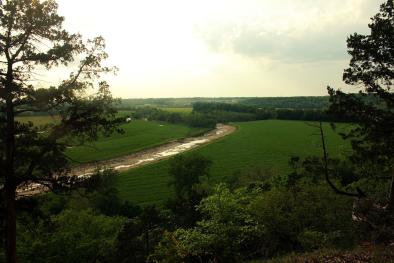
Oct 21, 2019 | Associated Press
Study: Climate change could threaten bugs in Missouri
Science Source
| Ecology Letters
Evidence for declining forest resilience to wildfires under climate change
Camille S. Stevens‐Rumann, Kerry B. Kemp, Philip E. Higuera et al
Science Source
| Frontiers in Marine Science
Severe Continental-Scale Impacts of Climate Change Are Happening Now: Extreme Climate Events Impact Marine Habitat Forming Communities Along 45% of Australia’s Coast
Babcock, Russell C., Bustamante et al
Science Source
Trends in surface equivalent potential temperature: A more comprehensive metric for global warming and weather extremes
Key findings & significance
- If you factor in air moisture along with heat when considering the impacts of global warming, climate change since 1980 is nearly twice as bad as previously calculated
- The Earth has warmed by 1.2 ± 0.1 °C since the preindustrial era; however, surface air temperature alone downplays impacts in the tropics and does not fully describe the nature of global warming and its impact on climate and weather extremes.
- This study shows that surface equivalent potential temperature, which combines the surface air temperature and humidi
Related Content
Headline
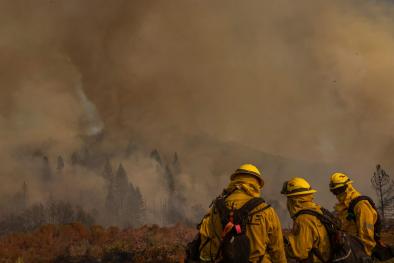
Feb 7, 2024 | Climate Nexus Hot News
Heat And Smoke Are Worse Together Than Apart
Science Source
| Science Advances
Unprecedented climate events: Historical changes, aspirational targets, and national commitments
Noah S. Diffenbaugh, Deepti Singh, and Justin S. Mankin
Science Source
| American Meteorological Society
Sixfold Increase in Historical Northern Hemisphere Concurrent Large Heatwaves Driven by Warming and Changing Atmospheric Circulations
Cassandra D. W. Rogers , Kai Kornhuber , Sarah E. Perkins-Kirkpatrick et al
Science Source
| American Meteorological Society
Diverse Characteristics of U.S. Summer Heat Waves
Bradfield Lyon and Anthony G. Barnston


